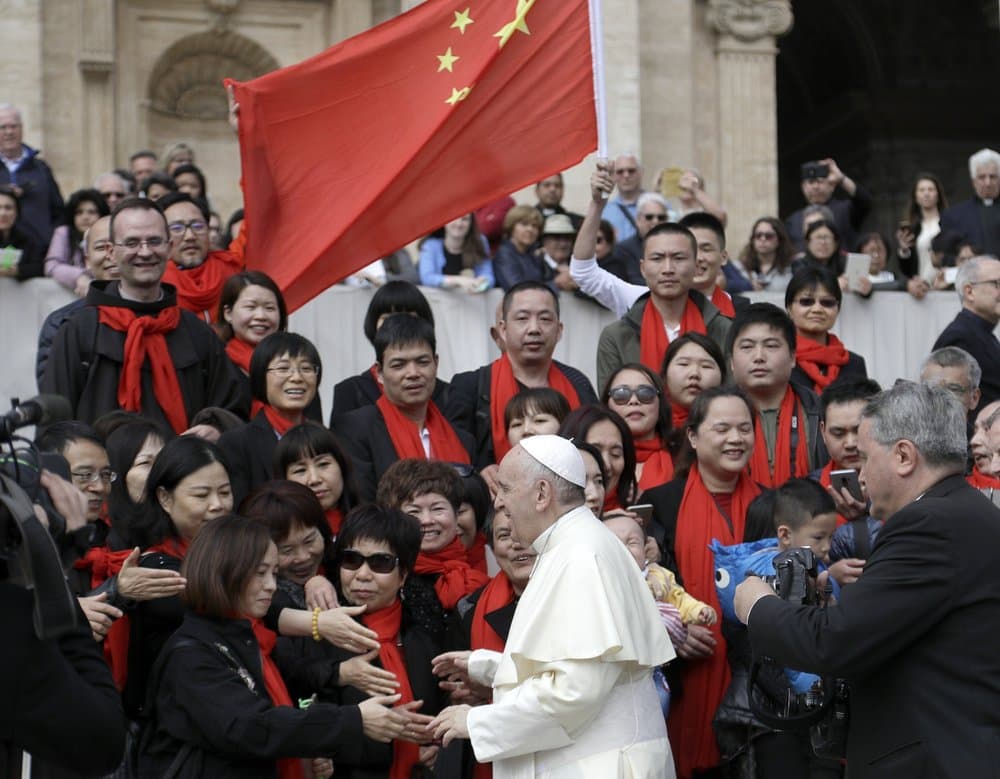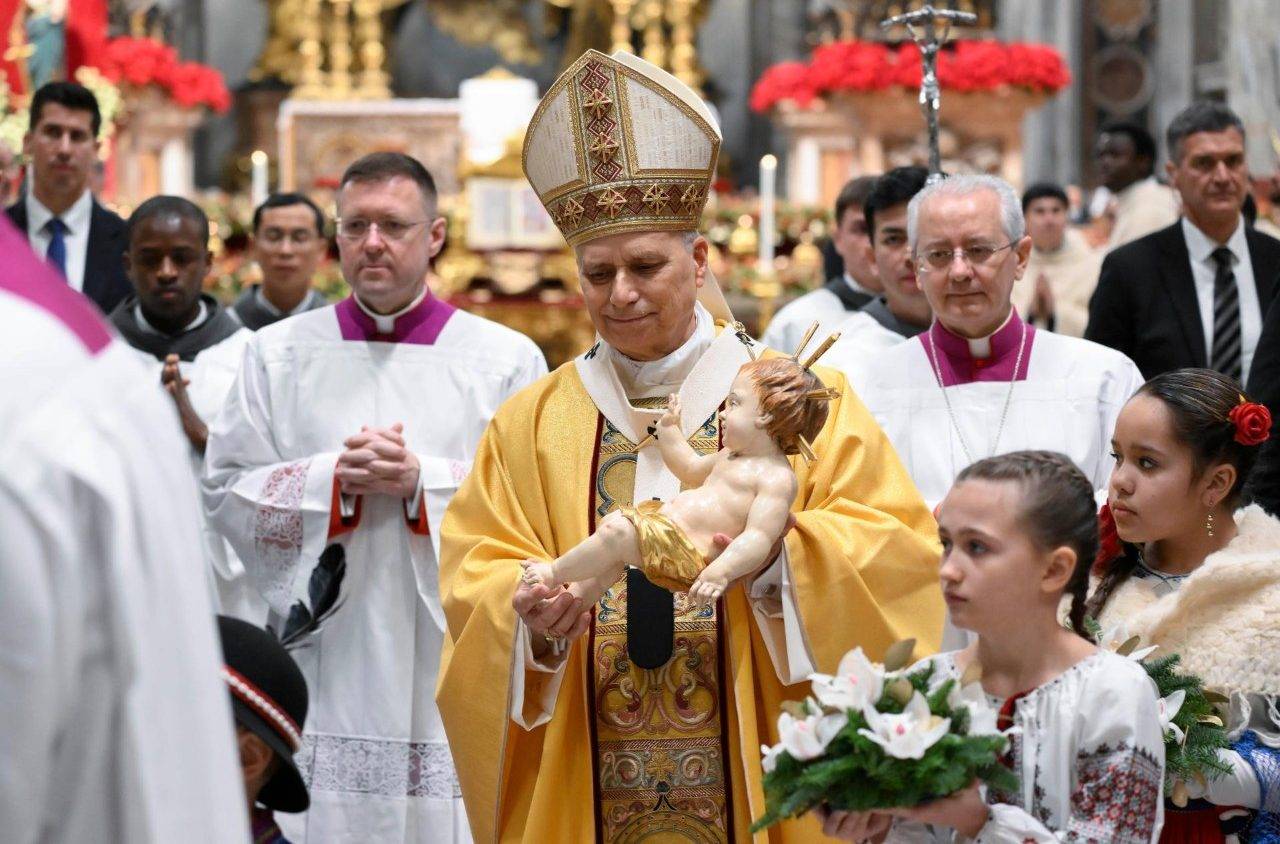ROME – At the same time relations between the United States and China are once again mired in recrimination, this time over a destroyed balloon the US describes as an espionage device and China as a meteorological instrument, there was another small reminder the ties between Rome and Beijing seem to be warming.
This past Wednesday, at the conclusion of his weekly General Audience in St. Peter’s Square, Pope Francis briefly met Xiao Wunan, a Chinese entrepreneur seen as close to China’s President Xi Jinping and a frequent envoy on behalf of Beijing to Italy.
The ostensible purpose of the brief encounter was for Wunan to present the pontiff with the very first of 12,000 digital pieces of art depicting the mantle worn by Pope John Paul II, now St. John Paul, for the opening of the Great Jubilee Year on Christmas Eve in 2000.
Designed using computer generated imagery, the artwork is considered an NFT, or “non-fungible token,” meaning a unique piece of digital property. It’s based on a design by Stefano Zannella of X Regio, a tailor company that’s produced vestments for popes since 1997.
Twenty-three years ago, the mantle’s dramatic colors and futuristic design left quite an impression. Archbishop Piero Marini, then the pope’s Master of Ceremonies, once quipped that “no one remembers what he said that night, but everyone remembers how he was dressed.”
Wunan appended a letter to the digital gift.
“China is a great country, and Catholicism has a long history in China,” Wunan wrote.
“I have many friends who believe in Catholicism, and even though I’m a Buddhist, I’ve often gone to Chinese Catholic churches. In recent years, we know clearly that under your guidance, relations between China and the Vatican have improved.”
Wunan, an executive of the Asia Pacific Cooperation Foundation, also praised Francis’s role as a peacemaker.
“We vividly hope to be able to contribute to the resolution of conflicts,” he said, expressing “gratitude and respect for your strong support and your blessings in this work of world peace.”
Wunan, 59, is a former official of the Chinese government who’s played an important role as an informal go-between for China and Italy. He played a role in promoting the 2015 “Milan World Expo” in China, and also helped broker economic agreements between Italy and China.
In 2018, Pope Francis signed a controversial deal with China over the appointment of Catholic bishops in the country, essentially giving the government a formal role in selecting candidates. Originally conceived as a two-year deal, the provision agreement was renewed in 2020 and again in 2022.
Vatican spokespersons have touted the agreement as essential to overcoming the historic rift between an official Catholic church in China recognized by the state, and an underground church that refuses to accept Communist control. Critics complain that the deal amounts to capitulation to the government, and also assert that after it was signed repression of Christians in China actually became more intense.
In November 2022, the Vatican accused Beijing of violating the terms of the agreement by installing a bishop in a diocese not recognized by Rome. A statement at the time asserted that the appointment of Bishop Giovanni Peng Weizhao in Jiangxi did not “conform to the spirit of dialogue” of the 2018 agreement.
Despite such hiccups, most observers believe that Vatican-China relations under Pope Francis are strong and improving, bucking the general trend of hostility between Beijing and Western governments.














